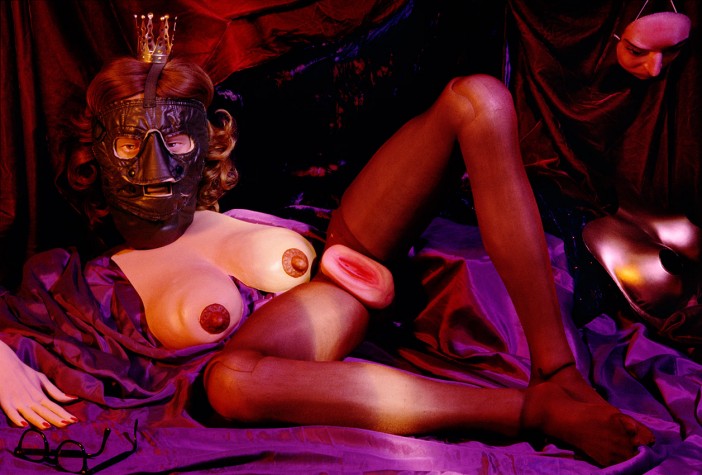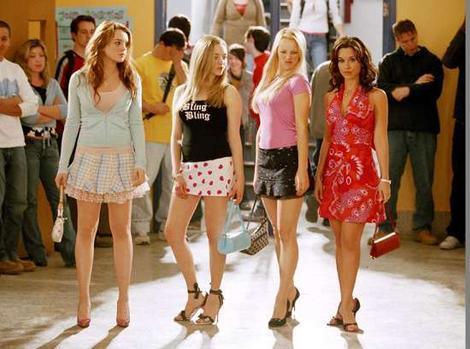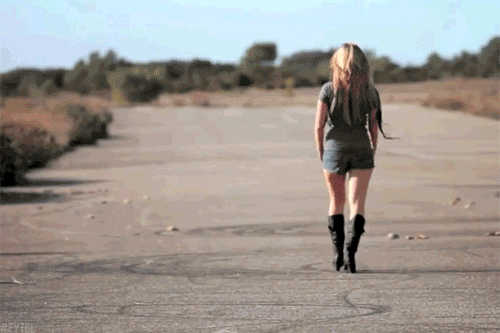To the man who looked at my ass / To the man who didn’t look at my ass
You had to know I had feelings / Maybe I needed your gaze
This body is not respected or cherished / I am human, and your
inability to see me as such hurts
You’ve given me just another reason to hate this body
I’m worth more than the stares I receive
- Safiya Washington & Kai Davis
According to John Berger in his work entitled “Ways of
Seeing,” for centuries now, art in the form of female objectification is
modeled after the surveyor, the spectator, who is male by default. It is called
“the male gaze” – here’s me, looking at you, looking at me. And by me, of
course, I mean powerful man with abundant levels of testosterone and desires
just waiting to be sated. And now here’s looking at YOU, beautiful [young]
woman, full of [sexually explicit] promise and [nonexistent, this is MY show]
expectation. Simply flipping through television channels and magazine pages, it
is easy to pick up on this notion that media centers around the male spectator.
In a particular incidence about
a year ago, I remember mindlessly surfing the web and coming across a music
video for Hip Hop / R&B celebrity Drake. The song was “Practice” – a
sensuous ode to the singer’s prospective sexual partner, who seems to arduously
prepare herself for this encounter – and the video left me quite speechless. The
artistic endeavor consisted of a well-endowed young woman, strutting and
working it in front of a mirror – evidently “practicing” – to the sultry tunes
of Drake, her apparent lover … for the entirety of the piece. In an attempt to
find criticism of the work, I was bemused at the lack thereof; however, one
review pretty much summed it up: “This is the most heterosexual video made for
men containing a song made for women ever made” (Kenny, Rapdose.com). As noted,
this video was made purely for the male gaze.
This is merely a more illustrious and explicit form of the
male gaze penetrating our media culture. But when I watched this video, I not
only criticized the male distributors/viewers, I also questioned the model in
the video – what attracted her to do this? What does she believe she had to
gain from this experience (besides money, minimal [pseudo?] fame, and a few
moments with the celebrity)? In the above spoken word piece by Safiya
Washington and Kai Davis, the young women perform the two sides of the female
as surveyed coin – the dichotomy of what Bell Hooks coined, the oppositional
gaze.
On the one hand, the woman feels vulnerable to the stares from men and
frustrated by their lack of understanding. On the other, the woman feels
ignored and ashamed of her incompetence to attract the attention the
aforementioned woman so keenly wishes to avoid. The oppositional gaze is a
challenge to the male gaze; women viewing themselves beyond the eyes of men and
deconstructing these overtly sexual images construed by the media. However, although
the male gaze may breed frustration and combative notions, it also breeds
insecurity and a false sense of self. To think that a woman such as the one in
the video feels like they need to expose themselves like that - thrashing “dat
ass” around for attention and validation - is heartbreaking. Although not as
severe, I myself am well acquainted with both sides of this coin: the “just let
me be” side, and the “why won’t you look at me?” side. Ultimately, as the poem
says, for myself and for the women in the media: I am worth more than the
stares I receive.
 |
| Nailed It |
 |
| Here's Lookin' at You Guys |





























